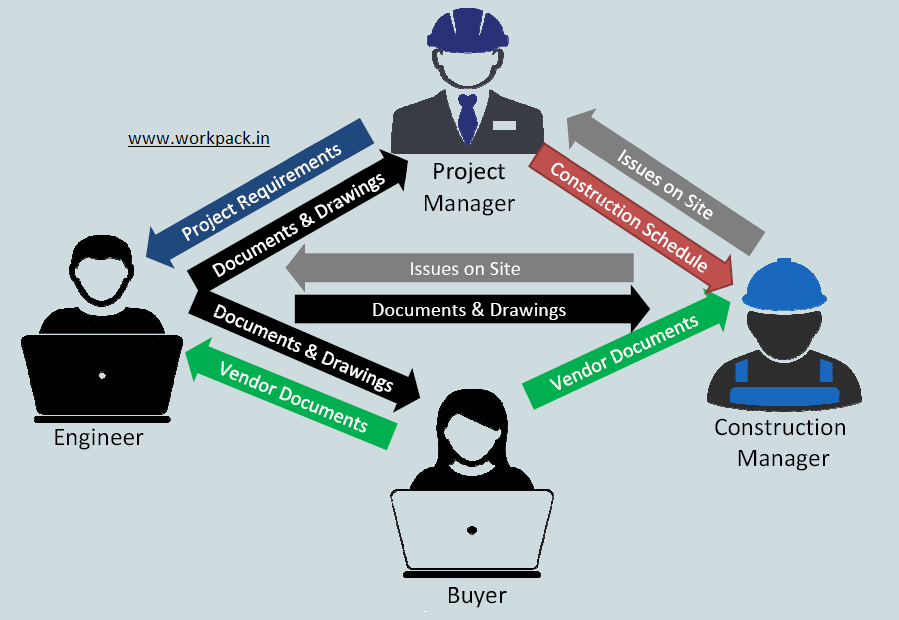Infrastructure projects are executed in stages of Engineering, Procurement and Construction – also known as EPC Projects. Engineering documents and drawings for an EPC project are continuously revised through its life. And the whole team needs to be up to date with the latest drawing revisions – ideally at all times..
Why are documents and drawings revised?
Design of a project is done in the engineering stage. Based on this design buyer team procures the material and construction team uses that material to build the planned facilities.
In this whole process of E P and C, a subtle but important fact remains that the design is in a state of change till the final construction (as-built) is done. The engineering design evolves as a result of interaction of – engineers from different design faculties, procurement team, suppliers, project managers and construction team. Different stakeholders have their inputs to add resulting from their expertise.
Multiple inputs over time get reflected in the form of design changes throughout the life cycle of the project. The design changes cause the engineering drawings and documents to be frequently revised.
As the image depicts, every engineer, buyer, construction manager or project manager is dependent on information from others to correctly do their jobs. And when the documents are frequently changing, it is critical to always work on the latest drawing revisions. Working with with old technical specs increases risk of rework and delays.
To make sure smooth execution of project as per initial cost and schedule, it is of paramount importance to facilitate fast and smooth flow of engineering documents to every team member.
Challenges
- Proper review and approval process is important for quality assurance. But time taken for circulation of documents also slows down the pace of releasing documents.
- When document distribution is not streamlined and distribution matrix not implemented, it may take a long while for the correct document to reach the intended recipient.
- Personal habits and attitudes influence how team members create, share and refer to engineering drawings and documents available on a shared folder. Hence only creating a single shared folder or directory is not enough.
- The speed with which document controllers can manually circulated documents has significant limitations.
Solutions
- Automated workflows for review and approval of engineering documents to drastically reduce the time taken for releasing documents.

- Predefined distribution matrices accurately notify the stakeholders of any changes or revisions. So a construction manager can get real time notifications and alerts when a document is revised.
- Watermarks on document alert the team members if they are not referring to the correct or latest revision of a drawing.
- WorkPack uses a very user friendly documentation structure without the usage of folders which are cumbersome to manage. Instead, our users prefer to use metadata to quickly find the correct files using search & filter functions. When document management software is easy to use, users on site are more likely to find the correct and latest file.
- WorkPack is a document management system designed to work with engineering document controller and to take a grand share of her workload. Freed from the mundane task of sending emails and transmittals, document controller can design better workflows in WorkPack to efficiently and accurately distribute documents across the team.

Document Status Overview in WorkPack
Based on my personal experience of working in EPC projects and also helping our customers streamline their project execution processes, I have come across these challenges. But I’m sure there are some more out there.
Please leave a comment if you have also faced challenges owing to drawing revisions and ever changing documents. How did you tackle them?



No Comments